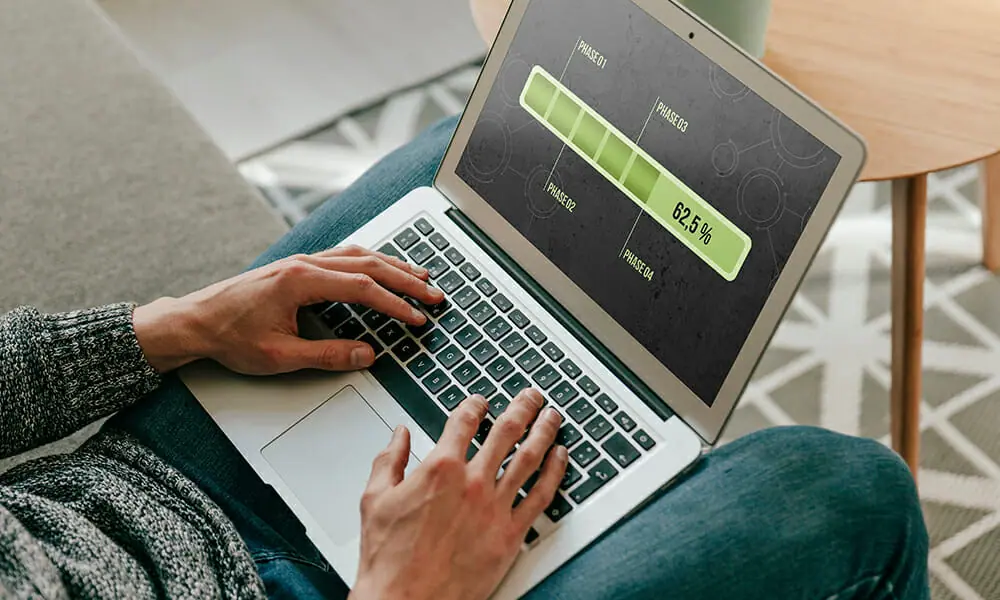In today’s world, buying a Second Hand Laptop can be an excellent way to save money while still getting a high-quality device. With so many options available, it’s essential to know how to find the best second-hand laptop that suits your needs and ensures long-lasting performance. Whether you’re a student, a professional, or someone who just needs a reliable laptop, a second-hand device can offer a perfect balance of affordability and functionality.
In this blog, we’ll guide you through the key factors to consider when purchasing a second-hand laptop, helping you make an informed decision that fits your specific requirements.
1. Assess Your Needs: What Will You Use the Laptop For?
Before you start shopping for a second-hand laptop, it’s important to clearly define what you’ll be using the laptop for. This will help narrow down the options and ensure you get the right device for your needs.
- Basic use: If you need a laptop for light tasks like word processing, web browsing, and email, a budget-friendly second-hand laptop with an Intel Core i3 or AMD Ryzen 3 processor should suffice. Aim for at least 4GB of RAM and 128GB SSD for decent performance.
- Business or professional use: For more demanding tasks such as data processing, multitasking, or video conferencing, a laptop with an Intel Core i5 or i7 processor and 8GB RAM or more would be ideal.
- Creative work: If you’re a designer, photographer, or video editor, look for a laptop with a dedicated graphics card (e.g., NVIDIA GeForce or AMD Radeon) and a higher-end processor such as an Intel Core i7 or AMD Ryzen 7. A laptop with 16GB of RAM and 512GB SSD or larger will support your software tools and multitasking needs.
Knowing your usage requirements will make it easier to identify the right specifications when browsing for a second-hand laptop.
2. Check the Laptop’s Age and Condition
The age of the laptop is one of the most critical factors when purchasing a second-hand model. Laptops from the last 2-3 years are ideal because they’re still relatively new and have better performance than older models. Older laptops may have slower processors and less efficient components, which could lead to performance issues down the line.
Look for a laptop that has been well-maintained. Some sellers will provide details about the laptop’s condition, including whether it has been repaired, its battery life, and if any parts have been replaced.
Here are some things to check when evaluating the condition of a second-hand laptop:
- Physical condition: Ensure the laptop doesn’t have significant scratches, dents, or cracks on the screen or body.
- Keyboard and trackpad: Make sure the keys work properly and the trackpad is responsive.
- Battery health: Inquire about the battery’s condition. Ideally, a second-hand laptop should have a battery that lasts for at least 3–4 hours on a single charge.
3. Specifications to Look For
Once you’ve determined your needs and the laptop’s age, it’s time to focus on the specifications. When buying a second-hand laptop, you’ll want to ensure it meets your performance requirements.
- Processor: Aim for Intel Core i5 or i7 for general multitasking. For demanding tasks, look for Intel Core i9 or AMD Ryzen series.
- RAM: 8GB RAM is the minimum for most tasks, but 16GB RAM is ideal for intensive applications or heavy multitasking.
- Storage: Opt for Solid State Drives (SSDs) over traditional hard drives (HDDs) for better performance. Look for at least 256GB SSD for general use. For larger storage needs, a 512GB or 1TB SSD will be more suitable.
- Graphics: If you’re into gaming, design, or video editing, you’ll want a laptop with a dedicated graphics card, such as NVIDIA or AMD Radeon. For everyday tasks, integrated graphics like Intel UHD or Intel Iris will suffice.
By focusing on these specifications, you can make sure the second-hand laptop meets your expectations for performance.
4. Verify the Seller and Warranty
When purchasing a second-hand laptop, the seller’s reputation is important. Ideally, you should buy from a certified reseller or a vendor with positive reviews who specializes in refurbished laptops. Some manufacturers, such as Dell, HP, and Lenovo, also sell certified refurbished laptops, which ensures they’ve been tested and restored to a high standard.
Make sure the laptop comes with a warranty—even if it’s a short-term one. A good warranty can protect you in case there are issues with the laptop after purchase, such as a faulty battery, screen, or other hardware problems.
5. Price and Value for Money
While second-hand laptops are significantly cheaper than new ones, ensure you’re getting the best value for your money. Compare prices from various sources and make sure the laptop’s specifications align with the price. A good second-hand laptop should provide excellent performance at a lower cost, but it should not be priced so low that it raises red flags about the condition of the device.
Look for discounts, promotions, and deals, but be cautious of deals that seem too good to be true, as they might indicate an issue with the laptop’s condition or functionality.
Final Thoughts
Buying a Second Hand Laptop can be an excellent way to get high-quality, affordable technology without breaking your budget. By evaluating the condition, age, and specifications, you can find the best second-hand laptop for your needs. Always ensure that the device comes from a reputable seller, and verify the warranty to protect your investment.
With the right approach, a second-hand laptop can provide excellent performance and value for money, making it a smart choice for students, professionals, and businesses alike.

